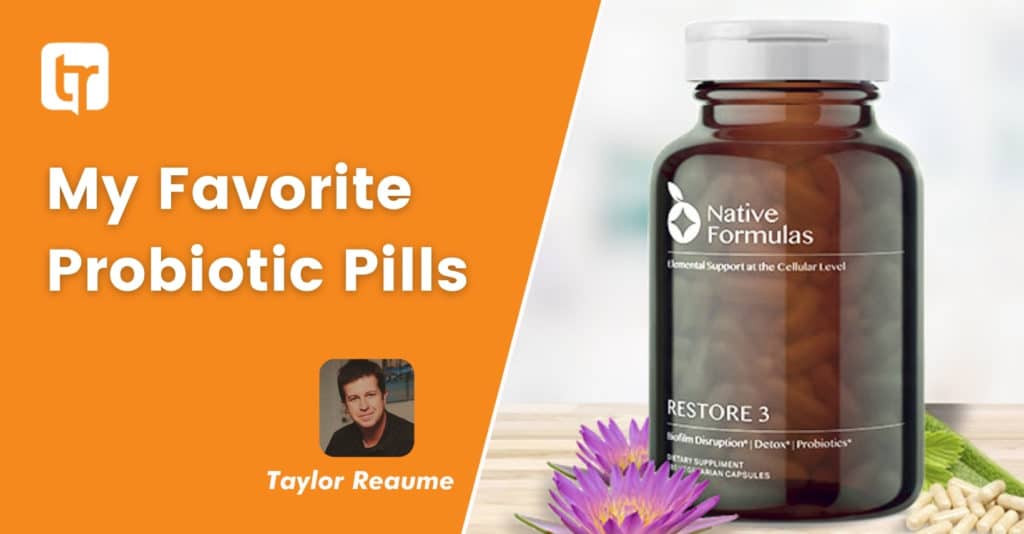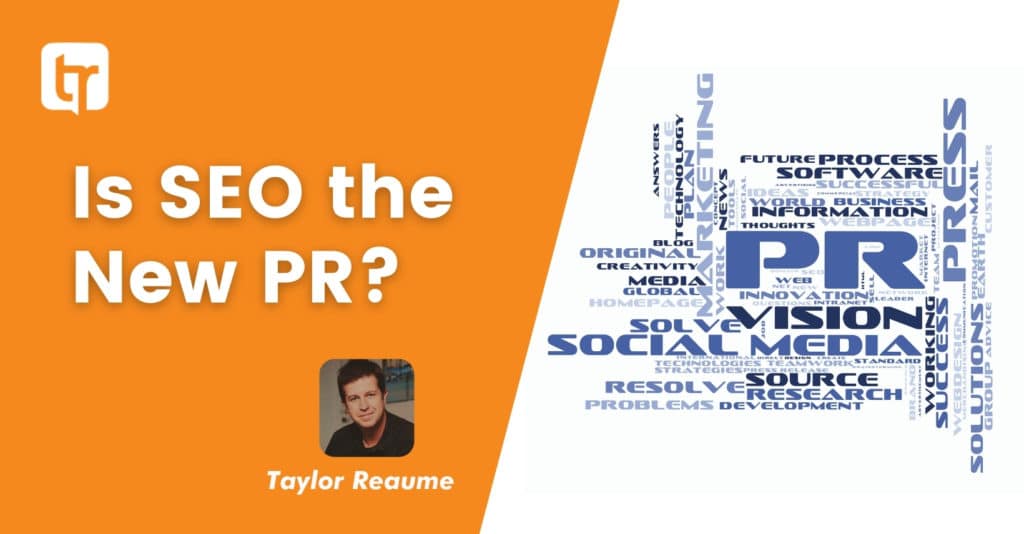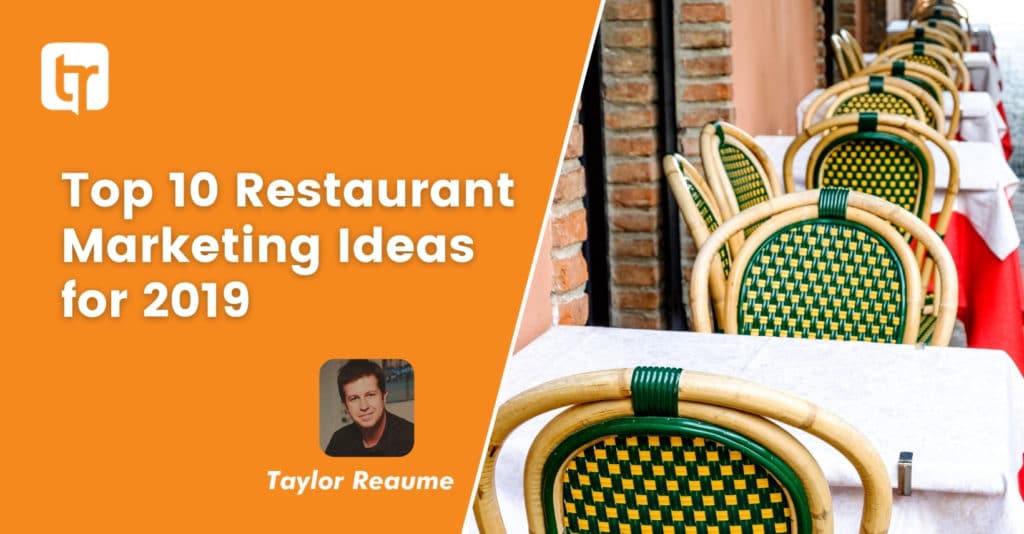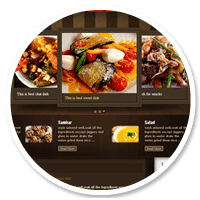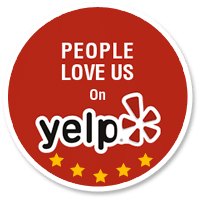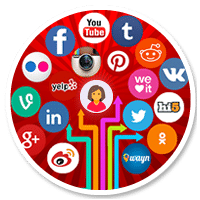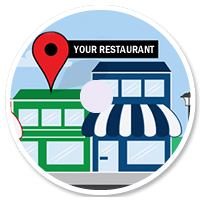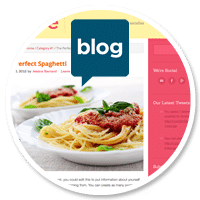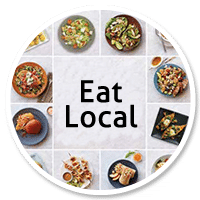New Innovations Remove Friction From Discovering Products In-Store And Online
Driven by rapid changes in technology and mobile, consumer expectations continue to rise at an unrelenting pace. There are brand new ways for people to find and engage with businesses, and it’s becoming critical for marketers to remove friction at every step of the consumer journey. This morning at Search Marketing Expo Advanced, we made three announcements for marketers and retailers including:
1. New innovations to highlight your physical locations
Almost 80% of shoppers will go in-store when they have an item they want immediately.1 To help capture this demand, we’re expanding affiliate location extensions to video campaigns on YouTube– on top of Search and Display campaigns. This helps brand manufacturers drive and measure foot traffic to nearby retail stores and auto dealers that sell their products. We’ve seen that adding affiliate location extensions to TrueView in-stream and bumper ads can increase the clickthrough rate by over 15%.2
New local catalog ads on Display will also roll out to all advertisers by the end of the month to help shoppers discover what you sell, then visit your store. One-third of shoppers say finding inspiration is something they enjoy most about shopping.3 This interactive experience highlights a hero image and your inventory in an easy-to-scroll, mobile layout that helps shoppers explore your products. It also features in-store availability and detailed pricing information. This new format can complement your traditional print campaigns – including catalogs, flyers, and circulars – with the added audience and measurement benefits of digital ads.
Boulanger is one of the largest electronics and appliances retailers in France. The retail brand had a special promotional event for Spring 2018, so it turned to local catalog ads to boost its sales. Boulanger showcased a cheerful lifestyle image, a message welcoming the season and products carefully curated for local in-store promotion. With help from both click-based and impression-based store visits* (launched in March), the campaign drove over 20K visits to its stores, delivering a return of 42 times its investment on ad spend.
*Store visits are estimates based on aggregated, anonymized data from a sample set of users who have turned on Location History.
Onboarding to both local catalog ads and local inventory ads is now much easier for retailers of all sizes with the new local feed partnership program. The new program allows point-of-sale or inventory data providers, like Cayan, Pointy, Linx, and receipts, to provide sales and inventory data to Google on behalf of merchants, so they don’t have to create their own local product feeds. As an additional benefit, retailers can showcase their local inventory for free on the “See What’s In Store” feature on the search knowledge panel.
2. Competitive pricing insights to help deliver better sales results
Beyond availability of products in store, we know that price is also a top consideration for consumers. New price benchmarks in AdWords reporting will be available soon to show Shopping advertisers how other retailers are pricing the same products. You can use these pricing insights to inform your bidding strategy when you have price-competitive products to promote, to influence pricing strategy with your merchandising teams, or to troubleshoot performance drops due to competitors’ pricing.
For example, let’s say you find that you’re selling a sweater for $40 while most retailers are selling the same sweater for $60. You may choose to bid upon this sweater because your product is more price-competitive in the current market and will appeal to more potential customers.
3. Updates for our Shopping Actions program
Consumers continue to be open to new ways of discovering and buying products. Today at SMX Advanced, we shared an update on Shopping Actions, the program we launched in March to give consumers an easy way to complete the purchase from retailers, while on Google platforms like Search, the Assistant, or by voice.
Since its launch, thousands of retailers have requested to join through our interest form, and more than 70 retailers are live on the program today. Early testing indicates that participating retailers on average see an increase in total clicks and conversions at a lower overall cost per click and conversion, compared to running Shopping ads alone.4
As always, SMX Advanced is an exciting event that brings leading marketers together. We hope you’ll join us in our Learn with Google Classroom to connect and hear more about how these new products can help you grow your business.
Source: Official Google Webmasters Blog

